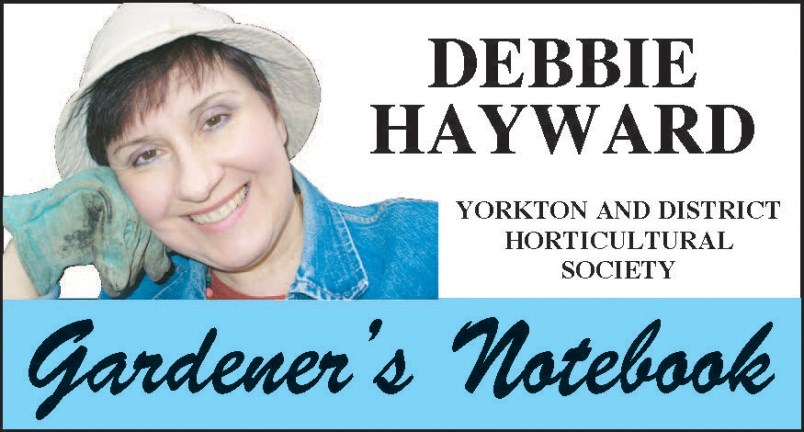Well, I think that we can honestly record in our garden journals that 2021 was a very stressful year for our gardens. Unbelievable heat, very little rain, and hot dry winds that all combined to make a very difficult growing season for our plants, and for us gardeners as well!
It’s lucky that gardeners are a hopeful and optimistic lot, and we keep forging ahead!
We can enjoy the best of the garden when the Yorkton Gardener’s Market begins on Saturday, July 24. It runs from 9AM till noon at the north parking lot of the Prairie Harvest Christian Life Centre, corner of Melrose and Simpson. Here’s a chance for local, home-grown produce, plus other items that include eggs, jams, relish, baking flowers, and honey. If you have any questions about the market, or perhaps would like to be a vendor, just call Glen at (306) 783-7040.
If you had to choose the most –used veggie in your garden, what would it be? For us, it would be the onion. The versatile and flavorful onion is used in soups, stews, cooked with meat of all kinds, pickled, chopped fresh in salads, and of course, fried in butter and drizzled over perogies! Yummy!
We take the hard-working onion for granted. Because it is easy to grow and a garden staple, we don’t pay much attention to it. But today, let’s talk about the onion. Onions belong to the allium family, which also includes leeks, chives, garlic, shallots and scallions.
Onions are grown around the world, and have been gracing our cooking for over seven thousand years, probably coming to us originally from Central Asia. But the onion is now a global garden treasure, used in many cultures. While onions are often called the “common” onion, there are many varieties. We are familiar with the yellow onion, probably most widely used; the white onion, sometimes called the “Spanish” onion; and red onions. But there are more. There are the little white onions, which we call “pearl” or “pickler” onion, and they are beautiful used whole. There are also scallions, which are young onions that have not formed a real bulb yet, and are used more for the green tops.
Onions are easy to grow, enjoying full sun and well-drained soil. We can grow them from seed, from sets, or from transplants (such as Spanish onion transplants). We know it is time to harvest our onions when the tops fall down and dry. At that time we can pick our onions, let them dry in trays and “cure” for about a week. This means that the outer layer becomes dry and papery, and the neck of the onion closes up. All this helps our onions store better. Curing should be done in a dry shady spot with good air circulation. At that point we can trim off the tops and put our onions in mesh bags for storage.
Now, about shallots. They’re the fancy cousins in the onion family, much beloved by gourmet chefs, but are milder and sweeter in flavor. Their shape is more oblong, like a football. Just like onions, they grow from a bulb. Just like onions, store them in a cool, dry, dark place. And we can enjoy them the same as any onion. How to pronounce “shallot”? The British pronunciation is “Shah-lot”, while North American is “shallot”, without emphasizing the first syllable. Either way is correct. Either way, they’re delicious! Be sure to visit the Yorkton and District Horticultural Society at www.yorktonhort.ca
Thank you to our friends at Yorkton This Week for their great work. Have a nice week out in your garden, and be sure to wear a hat!




